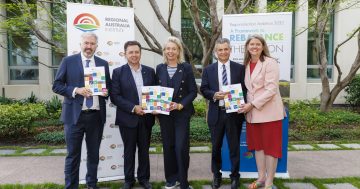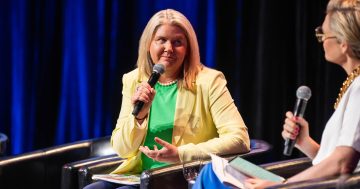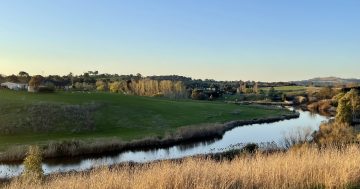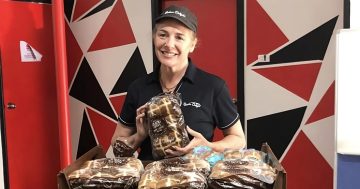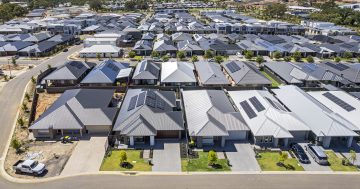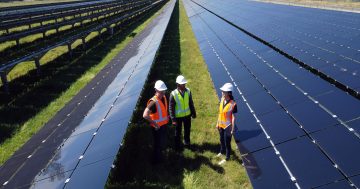
Developers of Yarrah, a new master-planned community adjoining the town of Yass, confirm strong interest in living in the regions from city dwellers. Photo: Supplied.
New research shows 20 per cent of city residents are looking to move to the regions, with more than half wanting to make the jump within the next 12 months.
The Regional Australia Institute (RAI) commissioned qualitative and quantitative research of more than 1,000 people living in Sydney, Brisbane, Melbourne, and Perth considering moving to regional Australia. The research was carried out in November and December 2020.
More than 69 per cent of all those surveyed said reducing general stress and anxiety is a major driver for considering a life outside of capital cities.
RAI chief executive officer Liz Ritchie said city dwellers are looking for more space, to be better connected to the natural environment, and they want a more relaxed lifestyle.
According to the RAI, when asked about the reasons for considering a move, 70 per cent rated traffic congestion as a major factor and 68 per cent want to reduce their cost of living. But it was the positives of life outside the city limits which resonated even more, with 77 per cent of potential movers ticking both space and connection to nature as reasons to shift.
Larger coastal centres were the most popular locations for potential metro movers, but when it came to smaller areas, inland towns held their own against those on the coast, with about one-third of respondents indicating an interest in both.
While the COVID-19 pandemic has significantly raised the desire to move to regional Australia, for 22 per cent of survey respondents, more than half said they were already considering relocation before the pandemic.
Real Estate Institute of Australia (REIA) president Adrian Kelly said that while the drift to regional towns was well underway before COVID-19, from a real estate point of view, reforms are needed to improve limited supply, inadequate infrastructure and surging housing costs.
“Affordability is a key factor in the regions being seen as better environments in which to raise a family and live a healthier, happier lifestyle,” Mr Kelly said.
“The pandemic and ability to work from home have amplified the attraction; however, the trend has created a lack of supply of available properties in the regions for both purchase and rent, which means that prices are increasing with a fair amount of veracity.
“This will cause issues for long term locals who have been used to lower rents and availability of choice, which are both now on the decline,” he said.
Mr Kelly said it was a double-edged sword. The regional towns need new residents who spend money that generates employment, but this adds to the supply issues currently being experienced.
“More work needs to be done about supply and this obviously includes building more homes. Municipal councils can play an active role in this by streamlining processes for the construction of regular homes in terms of reducing time and costs,” Mr Kelly said.
WMD Group Holdings director Charles Walker, developer of Yarrah, a new master-planned community adjoining the town of Yass, confirmed the strong interest in living in the regions from city dwellers.
“Since coming onto the market in October last year, we’ve exchanged contracts on 36 out of 62 lots in Stage 1 at Yarrah. On top of that, in the last 10 days, we’ve had another 11 sales advice issued. Inquiry is incredibly strong and is coming from buyers out of major cities, especially Canberra and Sydney,” Mr Walker said.
https://www.facebook.com/riotactnews/videos/426626981734109
Located in North Yass, Yarrah is a proposed mixed-use development precinct that will incorporate residential, seniors living dwellings and a local activity centre.
“Buyers are seeking affordable lifestyle options, and they’re recognising that regional locations like Yass have exactly that, and they want exactly what we are offering, the opportunity to live an active lifestyle connected to nature within a great existing community.”
Original Article published by Karyn Starmer on The RiotACT.







